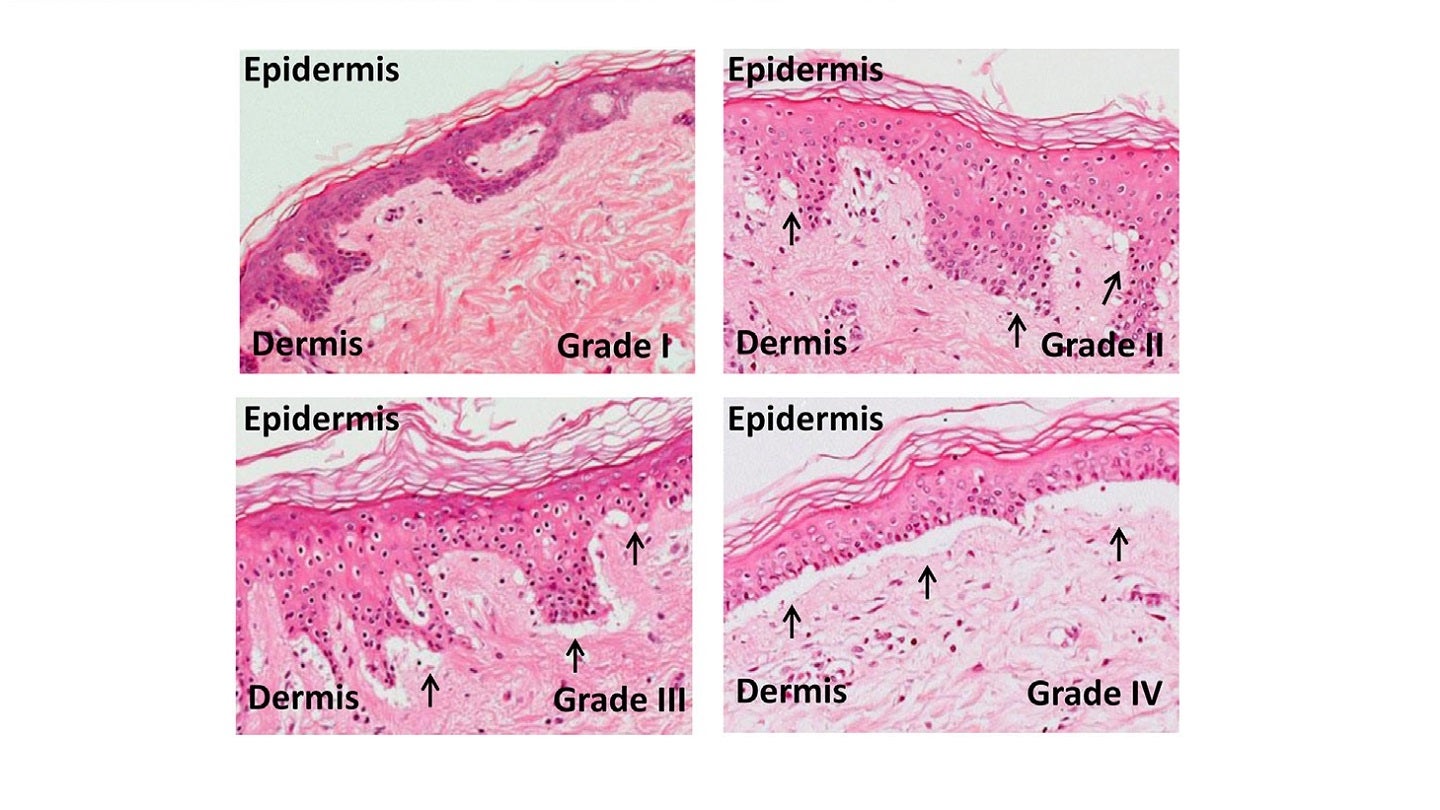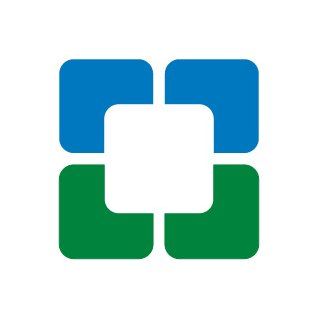预约演示
更新于:2025-09-12
OSSM-001
更新于:2025-09-12
概要
基本信息
非在研机构- |
权益机构- |
最高研发阶段临床1期 |
首次获批日期- |
最高研发阶段(中国)- |
特殊审评孤儿药 (美国) |
登录后查看时间轴
关联
3
项与 OSSM-001 相关的临床试验NCT05443464
A Phase I Safety Study of Single Dose Allogeneic Bone Marrow Derived MSCs for Steroid Refractory Acute Graft vs. Host Disease
The objective of this clinical study is to demonstrate safety and feasibility of single-dose infusion of Ossium MSCs product (OSSM-001) to treat steroid refractory acute GVHD (SR-aGVHD).
开始日期2023-06-05 |
申办/合作机构 |
NCT05407766
A Phase I Safety Study of Allogeneic Bone Marrow Derived MSCs for Refractory Perianal Fistulizing Crohn's Disease
OSSM-001 will be evaluated in a double blind, randomized phase I safety study of a single injection of 100 and 300 million bone marrow derived MSCs in 16 patients with refractory perianal fistulas in the setting of Crohn's disease. There will be 2 cohorts (100M and 300M MSCs); 8 subjects in each cohort; 6 subjects receiving the investigational product and 2 subjects receiving placebo (normal saline) in each cohort.
开始日期2022-08-01 |
申办/合作机构 |
NCT05075811
A Phase IB/IIA Study of Ossium Vertebral Bone Marrow Derived Mesenchymal Stem Cells (vBM-MSC) for the Treatment of Ileal Anal Anastomosis and Ileal Pouch Fistulas in the Setting of Crohn's Disease of the Pouch
The purpose of this study is to determine the safety and feasibility of using Ossium vertebral Bone Marrow Derived Mesenchymal Stem Cells (vBM-MSC) to treat people with an ileal pouch anal anastomosis (IPAA) who develop a fistula in the setting of Crohn's disease of the pouch.
开始日期2022-02-01 |
申办/合作机构 |
100 项与 OSSM-001 相关的临床结果
登录后查看更多信息
100 项与 OSSM-001 相关的转化医学
登录后查看更多信息
100 项与 OSSM-001 相关的专利(医药)
登录后查看更多信息
2
项与 OSSM-001 相关的新闻(医药)2023-05-01
Micrographs of grades of skin graft-versus-host-disease. Credit: Sakhila Ghimire, Daniela Weber, Emily Mavin,Xiao nong Wang,Anne Mary Dickinson and Ernst Holler1 / commons.wikimedia.org.
The California Institute of Regenerative Medicine (CIRM) has
awarded $3.46m Clinical Stage Research Programme (CLIN1) grant
to Ossium Health for advancing OSSM-007 development to treat steroid-refractory acute graft versus host disease (GVHD).
OSSM-007 is the interferon-gamma primed mesenchymal stem cell product of Ossium Health.
The grant will help in expediting pre-clinical and manufacturing activities of the product.
The company intends to commence clinical study activities by the end of this year.
Acute GVHD occurs following allogeneic hematopoietic stem cell transplants (HCT).
It is a reaction where immunocompetent donor cells (the graft) identify and attack the tissues of a recipient.
According to Ossium Health, nearly 30 to 60% allogeneic HCT recipients develop acute GVHD and approximately half of them will become refractory to systemic steroid therapy.
Ossium Health CEO and co-founder Kevin Caldwell said: “We’re thrilled to partner with CIRM and appreciate their ongoing commitment to advancing research in stem cell-based therapeutics.
“This grant will accelerate Ossium’s development of OSSM-007 and is a crucial step towards a powerful new treatment option for patients with GVHD.”
The company uses its deceased donor bone marrow banking platform for developing cell therapies.
These therapies are being assessed to treat orthopaedic trauma, haematologic diseases, and organ rejection.
In March this year, the US Food and Drug Administration (FDA)
accepted Ossium Health’s Investigational New Drug (IND) application
for OSSM-001 to treat refractory perianal fistulas in Crohn’s disease patients.
Cell & Gene Therapy coverage on Pharmaceutical Technology is supported by Cytiva.
Editorial content is independently produced and follows the
highest standards
of journalistic integrity. Topic sponsors are not involved in the creation of editorial content.
Free Whitepaper
Optimise your cell therapy process: a guide to cell thawing
Typically carried out at the point of care, errors in cell therapy thawing could compromise treatment efficacy, leading to significant patient impact as well as high costs and a compromised reputation for the product’s developer.
This guide addresses how cell thawing has historically developed into the new techniques used today, along with the physical and biological implications of key metrics and components such as warming rate and ice structure. Also included are reviews of key studies from scientific literature and a consideration of the interactions between cooling and warming rates, as applicable to cell and gene therapies.
By Cytiva Thematic
By downloading this case study, you acknowledge that GlobalData may share your information with
Cytiva Thematic
and that your personal data will be used as described in their
Privacy Policy

细胞疗法临床研究免疫疗法基因疗法
2022-03-16
Ossium Health, Inc., a clinical-stage bioengineering company developing cellular therapeutics to revolutionize treatment of blood, immune, and inflammatory diseases, announced today that the U.S. Food and Drug Administration (FDA) has accepted its Investigational New Drug (IND) application for OSSM-001, a mesenchymal stem cell (MSC) product, for the treatment of refractory perianal fistulas in patients with Crohn’s disease. Ossium plans to initiate patient screening and enrollment in a multi-center Phase 1 clinical trial evaluating OSSM-001 by the end of 2022.
“The FDA’s clearance of our OSSM-001 product to enter clinical trials is a major milestone in our development of advanced therapies that leverage Ossium’s proprietary manufacturing platform to treat patients with diseases of inflammation,” said Ossium’s Chief Executive Officer and Co-Founder, Kevin Caldwell. “OSSM-001 is the second Ossium cell therapy product to enter the clinic and the first of our MSC products to be used in patients. The initiation of this trial is a crucial step toward the development of a new treatment paradigm for patients with refractory perianal fistulas, which represent one of the most challenging manifestations of Crohn’s disease.”
This study is a double-blind, randomized, placebo-controlled Phase 1 trial to evaluate the safety and feasibility of a single dose of allogeneic bone marrow-derived MSCs at prespecified doses of 100 million or 300 million cells in adults with medically refractory perianal fistulizing Crohn’s disease. The primary endpoint of this study is product safety with secondary endpoints for fistula healing.
克罗恩病OSSM-001细胞疗法
100 项与 OSSM-001 相关的药物交易
登录后查看更多信息
研发状态
10 条进展最快的记录, 后查看更多信息
登录
| 适应症 | 最高研发状态 | 国家/地区 | 公司 | 日期 |
|---|---|---|---|---|
| 克罗恩病引起的肛周瘘 | 临床2期 | 美国 | 2022-02-01 | |
| 急性移植物抗宿主病 | 临床1期 | - | 2023-06-05 | |
| 类固醇难治性移植物抗宿主病 | 临床1期 | - | 2023-06-05 | |
| 直肠瘘 | 临床1期 | - | 2022-08-01 | |
| 哮喘 | 临床1期 | 美国 | 2022-01-30 | |
| 移植物抗宿主病 | 临床1期 | 美国 | 2022-01-30 |
登录后查看更多信息
临床结果
临床结果
适应症
分期
评价
查看全部结果
| 研究 | 分期 | 人群特征 | 评价人数 | 分组 | 结果 | 评价 | 发布日期 |
|---|
No Data | |||||||
登录后查看更多信息
转化医学
使用我们的转化医学数据加速您的研究。
登录
或

药物交易
使用我们的药物交易数据加速您的研究。
登录
或

核心专利
使用我们的核心专利数据促进您的研究。
登录
或

临床分析
紧跟全球注册中心的最新临床试验。
登录
或

批准
利用最新的监管批准信息加速您的研究。
登录
或

特殊审评
只需点击几下即可了解关键药物信息。
登录
或

生物医药百科问答
全新生物医药AI Agent 覆盖科研全链路,让突破性发现快人一步
立即开始免费试用!
智慧芽新药情报库是智慧芽专为生命科学人士构建的基于AI的创新药情报平台,助您全方位提升您的研发与决策效率。
立即开始数据试用!
智慧芽新药库数据也通过智慧芽数据服务平台,以API或者数据包形式对外开放,助您更加充分利用智慧芽新药情报信息。
生物序列数据库
生物药研发创新
免费使用
化学结构数据库
小分子化药研发创新
免费使用

